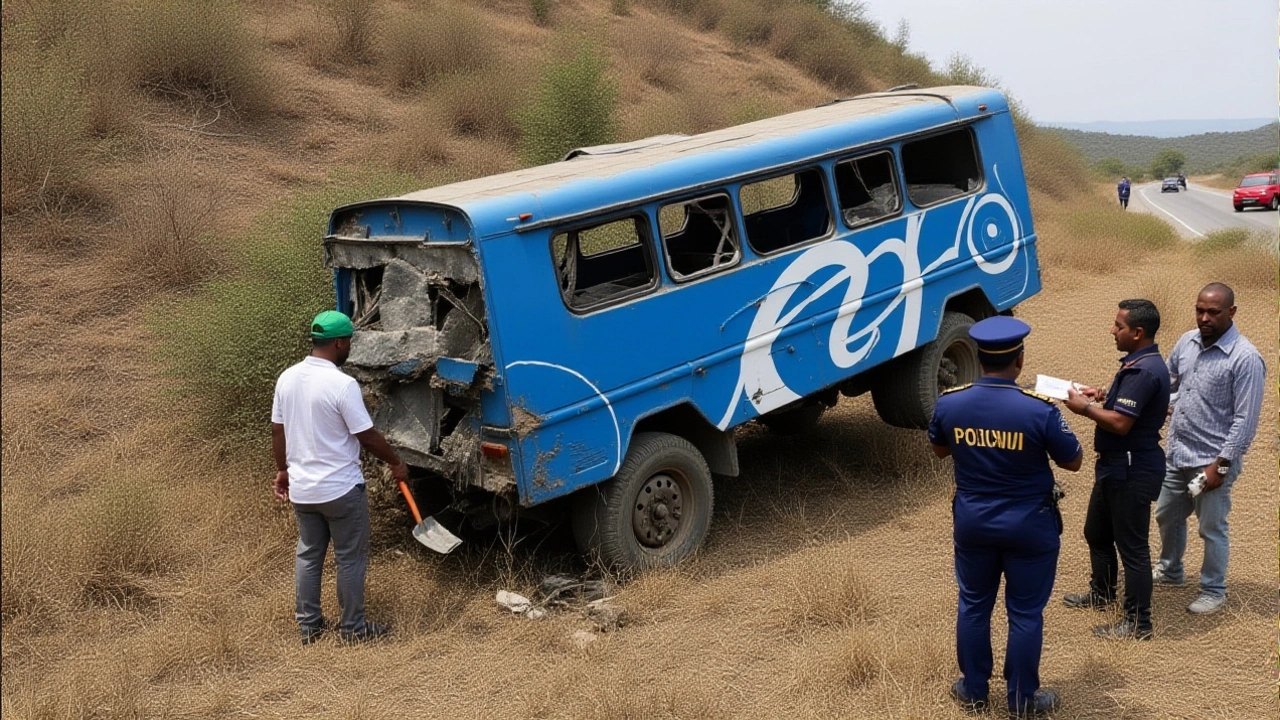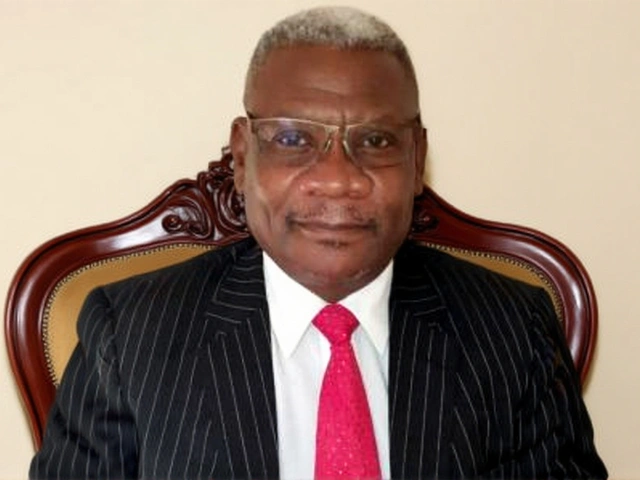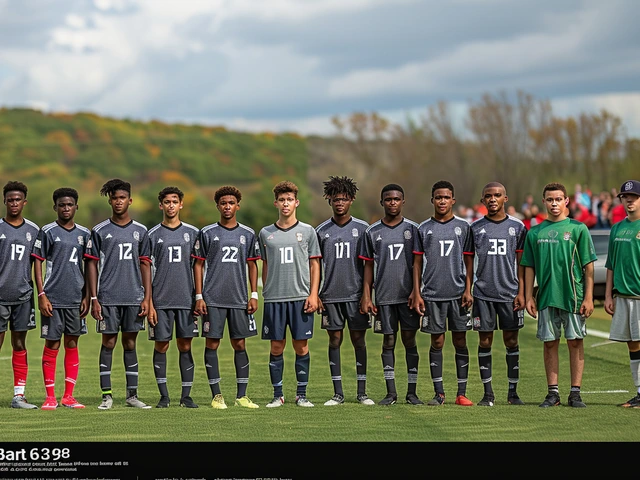When DNC Bus Company’s intercity coach plunged into a ditch near Makhado on Sunday, October 12, 2025, 42 passengers – including seven children – lost their lives. The tragedy struck on the N1 Highway bus crashMakhado, a key corridor that links Gqeberha in South Africa’s Eastern Cape with Harare, Zimbabwe. Victims were Zimbabwean and Malawian nationals traveling northward, making the disaster one of the deadliest road incidents in recent South African history.
Background of the Route
The N1 highway is South Africa’s primary north‑south artery, stretching over 2,000 kilometres from Cape Town to the Beitbridge border post with Zimbabwe. It carries thousands of commuters, freight trucks, and long‑distance coaches each day. Makhado, a town in Limpopo province, sits roughly 250 km north of Polokwane and is a common rest point for drivers heading toward the border.
Coaches operated by DNC Bus Company have long serviced the Gqeberha‑Harare route, catering to migrant workers, traders, and families visiting relatives. The journey typically takes 20‑22 hours, with a scheduled stop in Makhado for fuel and meals.
Details of the Crash
According to preliminary police reports, the coach was travelling westbound on the N1 when it “lost control” near the Makhado turn‑off and veered off the paved lane into a shallow ditch adjacent to the road. The exact cause – whether brake failure, driver fatigue, or road conditions – remains under investigation.
Emergency services arrived within minutes, but the impact was severe; the vehicle rolled onto its side, crushing the passenger compartment. All 42 occupants were pronounced dead at the scene. Seven of the victims were children, indicating that several families were on board.
The crash prompted an immediate closure of the highway segment, diverting traffic to the N11 while investigators secured the site.
Victim Demographics
Authorities identified the deceased as follows:
- 7 children (ages 3‑12)
- 17 men (average age 34)
- 18 women (average age 29)
- All were either Zimbabwean or Malawian nationals
Because most passengers were traveling for work or family visits, the loss rippled through communities in both Zimbabwe’s Masvingo province and Malawi’s Blantyre region.
Official Reactions
Sindisiwe Chikunga, South Africa’s Transport Minister, visited the crash site the following day. She said, “This is a heart‑breaking tragedy that underscores the urgent need for stricter safety oversight on inter‑city coach services.”
The National Road Traffic Regulator (NRTR) announced a full audit of all long‑distance coaches operating on the N1, citing concerns over vehicle maintenance records and driver training standards.
DNC Bus Company released a brief apology on social media: “We are sorry guys.” The statement offered no details on compensation or support for families, prompting criticism from survivor advocacy groups.
Investigation and Safety Concerns
Police have seized the wreckage for forensic analysis. Investigators will examine the brake system, tire wear, and any electronic data recorder (EDR) logs that may exist on the coach. The NRTR plans to issue a temporary suspension of DNC’s operating licence pending the outcome.
Road safety experts point out that the N1’s high traffic volume, combined with frequent heavy‑load trucks, creates a hazardous environment for passenger coaches. Seasonal roadworks and occasional potholes exacerbate the risk.
“We need real‑time monitoring of coach conditions and mandatory rest periods for drivers,” says Prof. Thabo Mokoena, a transport safety lecturer at the University of Pretoria.
Broader Implications
The disaster reignites a long‑standing debate about cross‑border passenger safety. Zimbabwe’s Ministry of Transport has pledged to collaborate with South African authorities to improve inspection protocols at border points.
For families left behind, the tragedy may mean loss of primary earners, disrupting household incomes that already hover near the poverty line. Humanitarian NGOs are mobilising emergency funds, but the scale of need is expected to be considerable.
In the longer term, the crash could trigger legislative reform. Parliament is rumored to be drafting a bill that would require all inter‑provincial coach operators to install tamper‑proof EDRs and submit quarterly maintenance certifications.
Key Facts
- Date of crash: 12 October 2025
- Location: Near Makhado, Limpopo, on the N1 Highway
- Operator: DNC Bus Company
- Fatalities: 42 (7 children, 17 men, 18 women)
- Nationalities: Zimbabwean and Malawian
Frequently Asked Questions
What caused the bus to lose control?
Investigators are examining brake failure, driver fatigue, and road‑surface conditions. Early findings suggest a possible mechanical fault, but a full report will be released after the forensic analysis.
Who are the victims?
All 42 were Zimbabwean or Malawian nationals travelling from Gqeberha to Harare. The group included seven children, indicating several families were on board.
What support is being offered to the families?
The South African government has pledged emergency assistance, while NGOs are mobilising food parcels and cash grants. DNC Bus Company has not yet announced a compensation package.
Will this incident affect future travel on the N1?
The NRTR plans a temporary suspension of DNC’s licence and a broader safety audit of all long‑distance coaches on the N1. Travelers may see increased inspections at border posts and stricter scheduling requirements.
How might this tragedy influence transport policy?
Parliament is reportedly drafting legislation mandating electronic data recorders on passenger coaches and quarterly maintenance audits, aiming to prevent a repeat of such a deadly event.







Comments
Scarlett Mirage
It is a sobering illustration of how systemic negligence, amplified by corporate complacency, culminates in an avoidable tragedy; a stark reminder that profit motives must never eclipse human safety, especially when vulnerable migrant workers are at stake. The ethical breach is palpable, the moral compass of the operator appears irrevocably skewed, and the regulatory oversight, frankly, seems insufficient, bordering on tacit approval of risk. One must ask, in the grand tapestry of societal responsibility, where do we, as a collective, draw the line between acceptable risk and outright endangerment? The answer, dear readers, lies not merely in statutes, but in an uncompromising commitment to the sanctity of life, a principle that should be sacrosanct. Ultimately, without rigorous accountability, we perpetuate a cycle of devastation, and that is a narrative we must refuse to accept.
Ian Sepp
Thank you for presenting the facts in a clear manner. The report underscores the gravity of the incident and the need for thorough investigation. I appreciate the balanced tone and the inclusion of official statements.
Lois Parker
This is just another tragic statistic.
Lerato Mamaila
My heart goes out to the families affected, especially given the cross‑border nature of this tragedy; it reminds us that the N1 is more than a road, it is a lifeline for many, and such loss resonates deeply across the continent. Let us honour the victims by demanding stricter safety standards, and may the community rally together to support those left behind.
Dennis Lohmann
Sending love and strength to everyone impacted ❤️. It's heartbreaking, but together we can push for better safety measures. Stay hopeful, stay united!
Jensen Santillan
One cannot help but observe that this calamity, while ostensibly an isolated mishap, is in fact a symptom of a deeper malaise afflicting long‑distance coach operations across the southern African corridor; the interweaving of corporate profit imperatives with inadequate regulatory scaffolding creates a precarious ecosystem wherein safety is relegated to an afterthought. First, the mechanical integrity of these massive vehicles must be scrutinized beyond cursory inspections; brake systems, tire wear patterns, and the often‑overlooked electronic data recorders constitute the first line of defense against catastrophic failure. Second, the human element-driver fatigue, shift scheduling, and training adequacy-cannot be ignored, for a rested, well‑trained driver is the most vital sensor in the safety chain. Third, the infrastructural context of the N1, characterized by high traffic density, frequent heavy‑load trucks, and intermittent road‑surface degradation, exacerbates risk, demanding a systemic approach that integrates real‑time monitoring technologies with rigorous maintenance audits. Moreover, the cross‑border dimension adds layers of jurisdictional complexity; harmonized inspection protocols between South Africa, Zimbabwe, and Malawi would mitigate regulatory gaps that currently allow substandard vehicles to traverse national boundaries unchecked. The ensuing policy reforms, therefore, must be multidimensional: mandating tamper‑proof EDRs, instituting quarterly maintenance certifications, and establishing driver rest‑period standards aligned with international best practices. In the grand calculus of public safety, the marginal cost of compliance is infinitesimal compared to the societal toll of a single fatal incident, let alone forty‑two. Consequently, we stand at a crossroads where decisive, evidence‑based interventions can either curtail the recurrence of such tragedies or consign us to a perpetual cycle of loss, each iteration eroding public confidence in the very transport networks that bind our economies. The onus, ultimately, rests upon both regulatory bodies and private operators to transcend perfunctory compliance and embrace a culture of proactive safety stewardship. Only then can we hope to honor the memory of those lost by ensuring that the roads ahead are paved with vigilance rather than negligence.
Mike Laidman
While the analysis raises valid concerns the response seems overly verbose and lacking concrete steps
J T
Man, this whole thing is just messed up 😡
A Lina
The diagnostic framework presented suffers from a paucity of quantitative risk metrics; without statistically robust failure-mode analyses, the recommended interventions remain speculative at best, thereby compromising the epistemic validity of the proposed safety paradigm.
Virginia Balseiro
What a heartbreaking disaster! The loss of 42 souls, including innocent children, shakes the very foundations of our shared humanity. Let us unite in remembrance and demand that every seat on every bus becomes a sanctuary of safety! 🌟
Jared Mulconry
It's distressing to read about this, yet we must stay level‑headed and look for collaborative solutions that respect all parties involved.
Brandon Rosso
We can turn this tragedy into a catalyst for positive change! By championing stricter safety audits and supporting the families affected, we honor their memory and build a safer future for all travelers.
Tracee Dunblazier
While the sentiment is appreciated, we must also maintain a professional discourse and focus on actionable policy measures.
Edward Garza
The points raised are noted, though the tone could be more measured.
Allen Rodi
For anyone looking to stay updated, the NRTR website will post the latest investigation findings, and local NGOs are coordinating assistance – you can find contact info on their official pages.